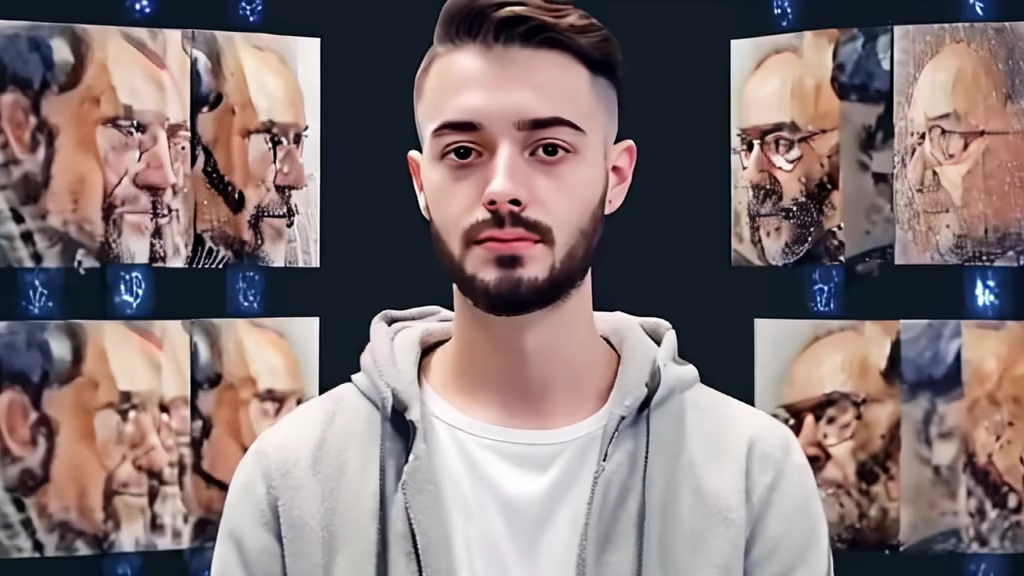Prompt: Generate a portrait puzzle where the upper body of a person is assembled, with some puzzle pieces already in place and others scattered around. Use stable diffusion to gradually attract and position the scattered puzzle pieces into their correct locations, eventually forming a complete upper body portrait

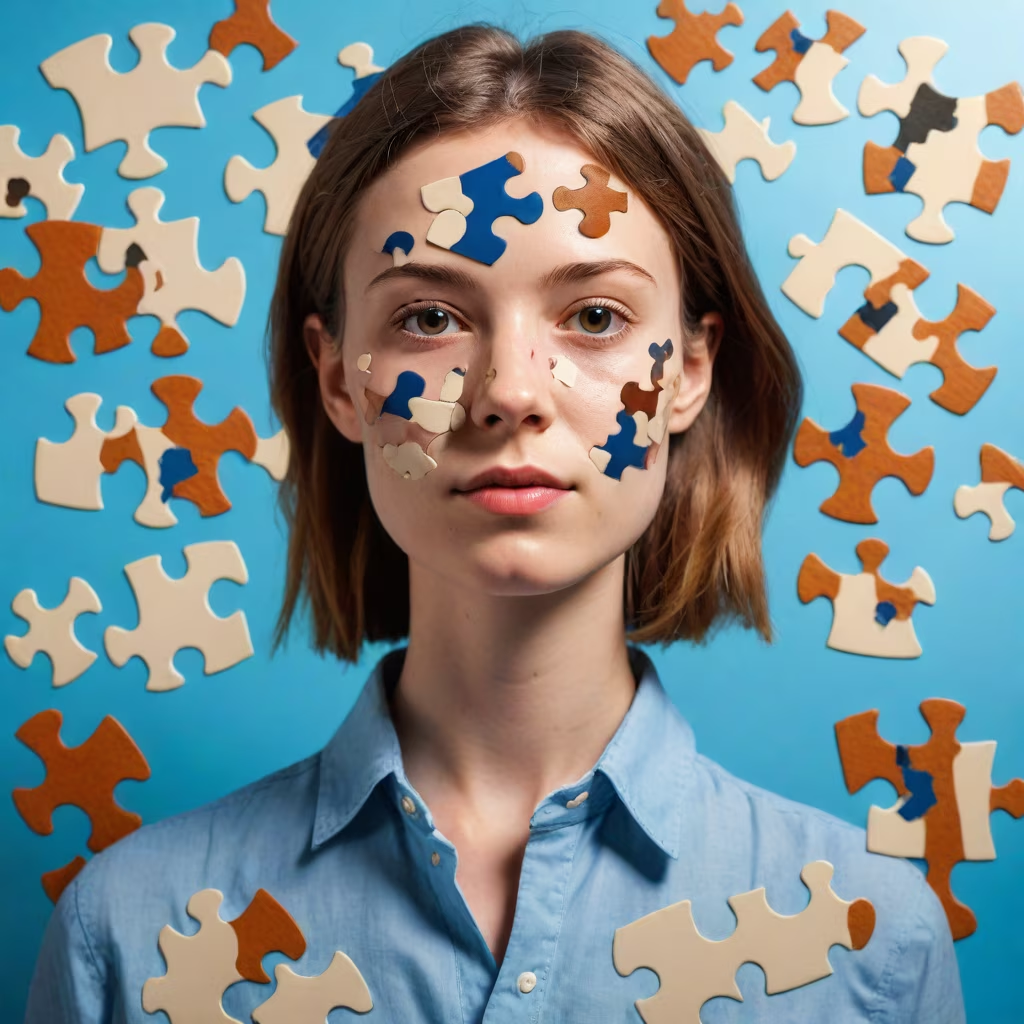
Prompt: generate a plain portrait puzzle where the upper body of human abstract feature is assembled, with some puzzle pieces already in place and others scattered around


Prompt: generate a plain portrait puzzle where the upper body of human feature is assembled, with some puzzle pieces already in place and others scattered around


Prompt: generate a plain portrait puzzle where the upper body of human feature is assembled, with some puzzle pieces already in place and others scattered around


Prompt: generate a plain portrait puzzle where the upper body of a man is assembled, with some puzzle pieces already in place and others scattered around.


Prompt: /dream prompt:generate a plain portrait puzzle where the upper body of human feature is assembled, with some puzzle pieces already in place and others scattered around.
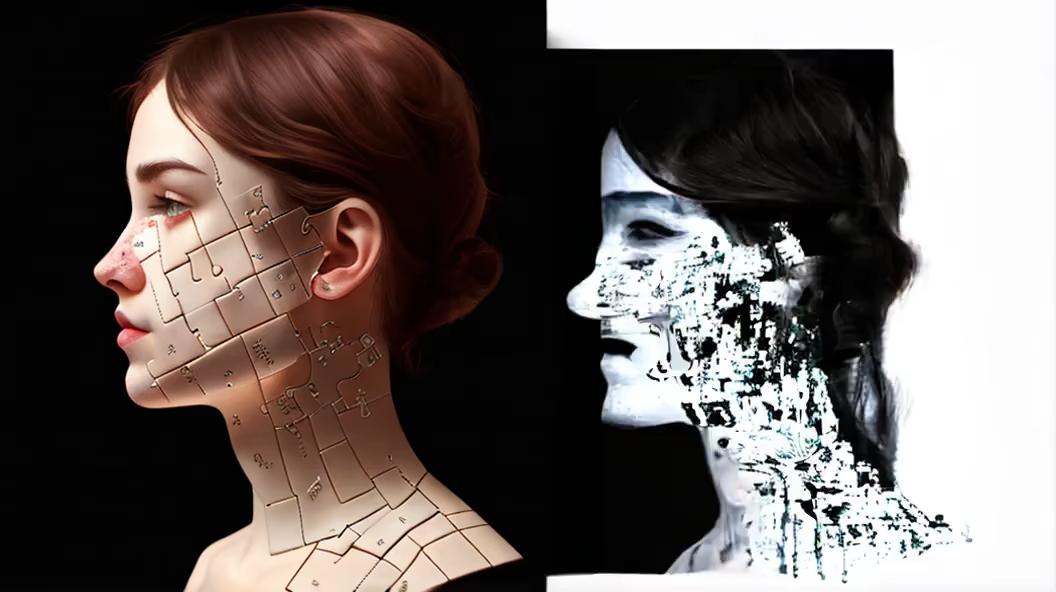
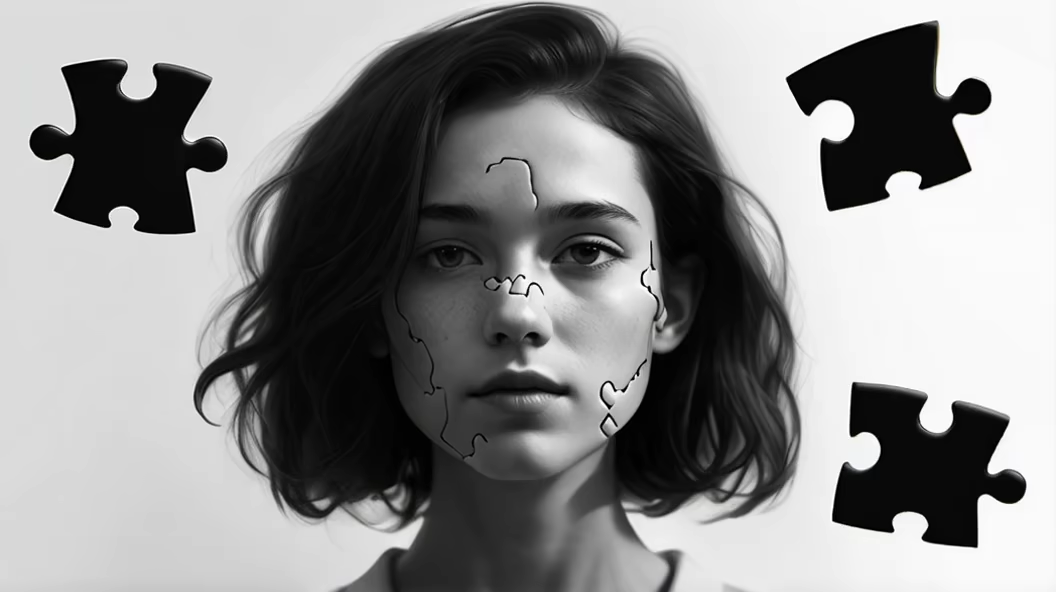
Prompt: user profiling, 2d, jigsaw puzzle, upper part of body, some pieces are present , some piece are not certain, no backgroud


Prompt: 2d, feature, upper body, like jigsaw puzzle, each piece indicate one attribute of the user, some piece has bright color, some are not .


Prompt: user profiling, 2d, like jigsaw puzzle game, upper part of body, some pieces are present , some piece are not




Prompt: user profie algorithem used in AI Advertising, 2d, upper body, like jigsaw puzzle, each piece indicate one attribute of the user, some piece has bright color, some are not .
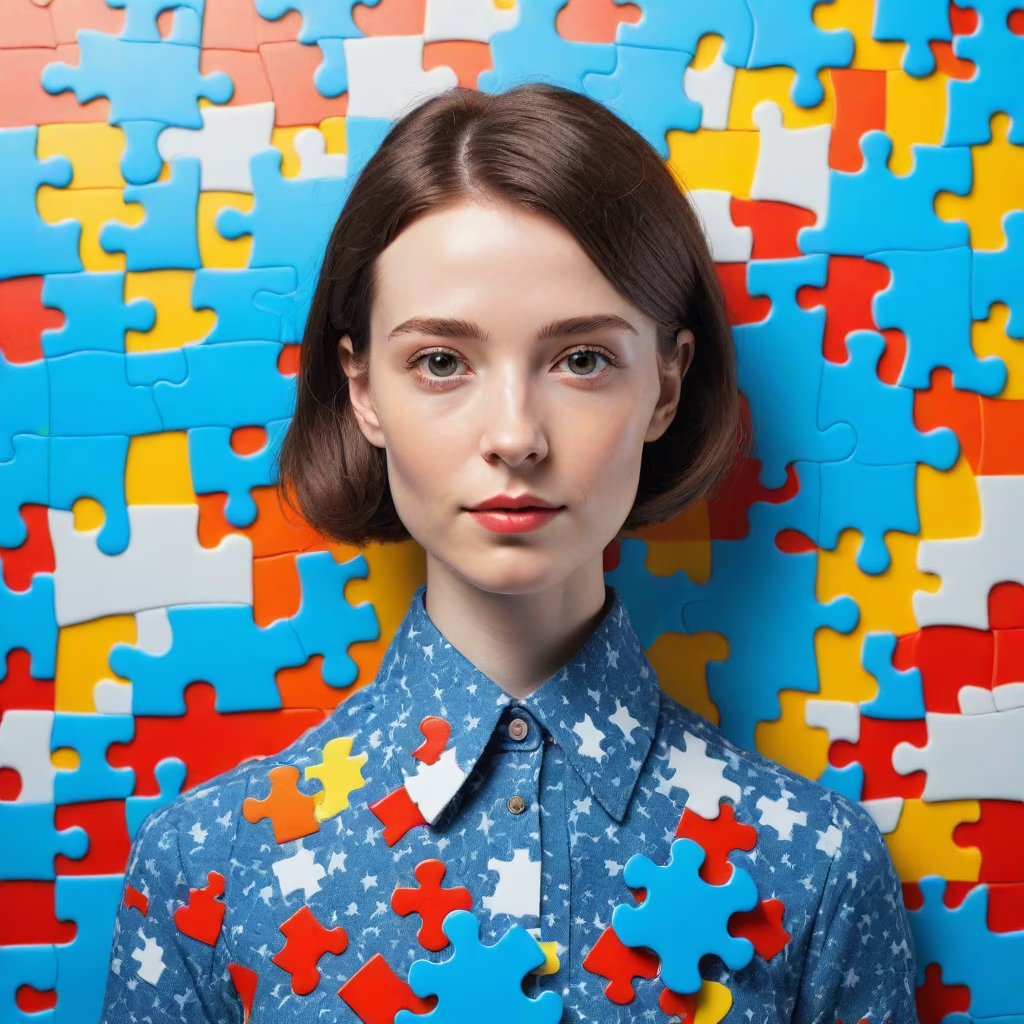

Prompt: 2d, jigsaw puzzle, upper part of human body, some pieces are present , some piece are not certain
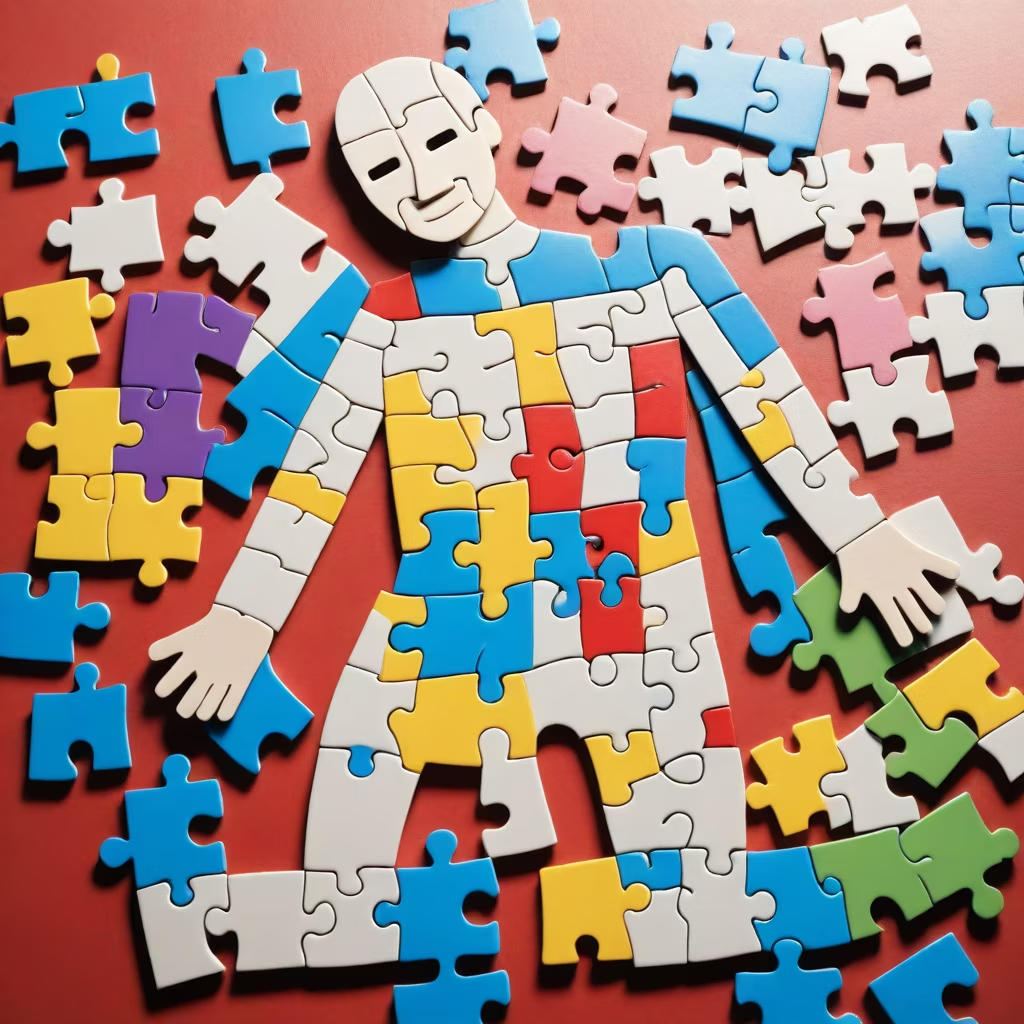

Prompt: human upper part of body profile, shaped jigsaw puzzle with pieces set in place, some are not. AI user profiling algorithm


Prompt: jigsaw puzzle game, which shaped like user profiling, upper part of body, some are present, some are not




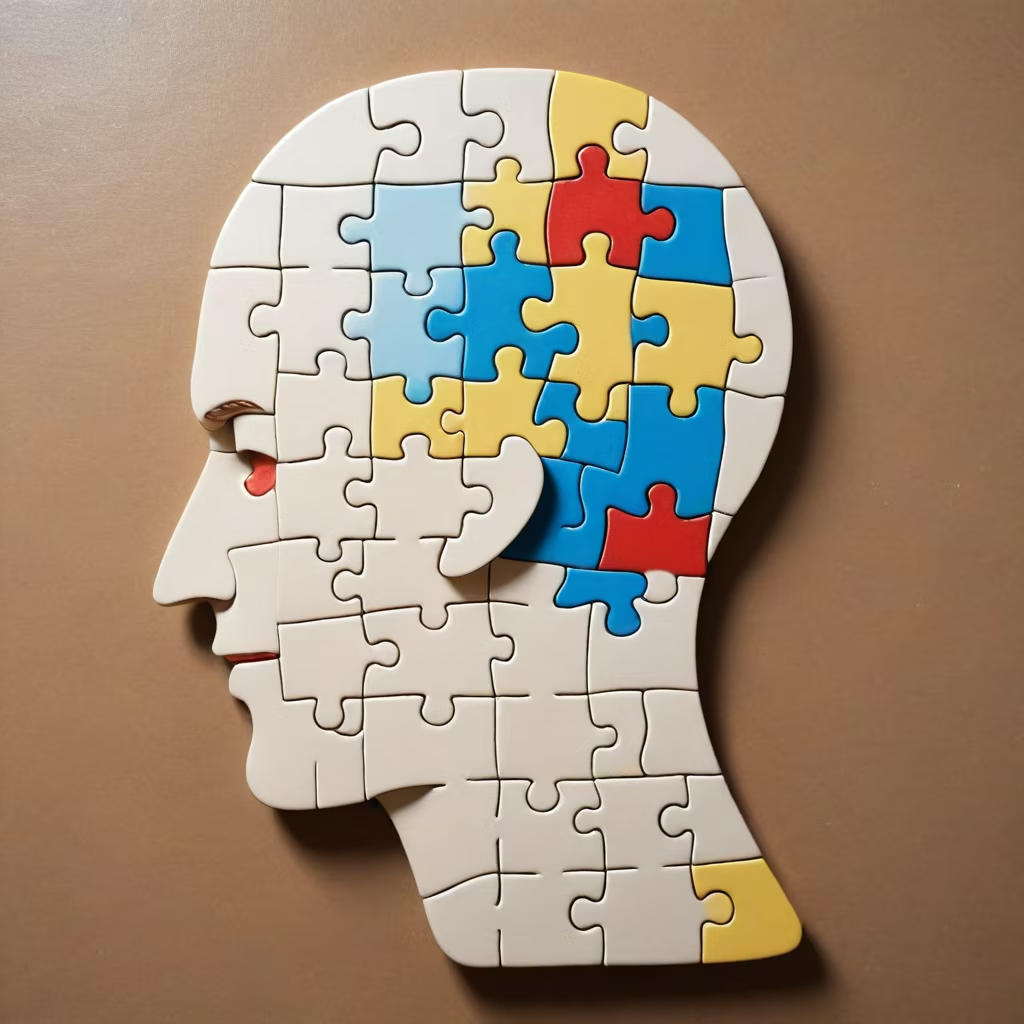

Prompt: Draw a technologised picture showing a process of de-blurring the picture using computer techniques, where computer vision techniques are used and there is gridding of the picture,Focuses on the process of deblurring without the need for the character to appear in the image


Prompt: Picture a chaotic scene: a counterfeit puzzle featuring poorly aligned, pixelated images that barely connect, leaving visible gaps. The puzzle pieces seem hastily cut, with irregular shapes that defy logic. Colors clash awkwardly, as if chosen randomly from a limited palette. Picture distorted proportions and misshapen edges, making it a frustrating challenge to piece together.


Prompt: AI art generators may exhibit biases in portraying certain genders or reinforcing traditional gender norms. For instance, generating stereotypical depictions of men or women based on pre-existing biases in the training data
Style: Pixel Art
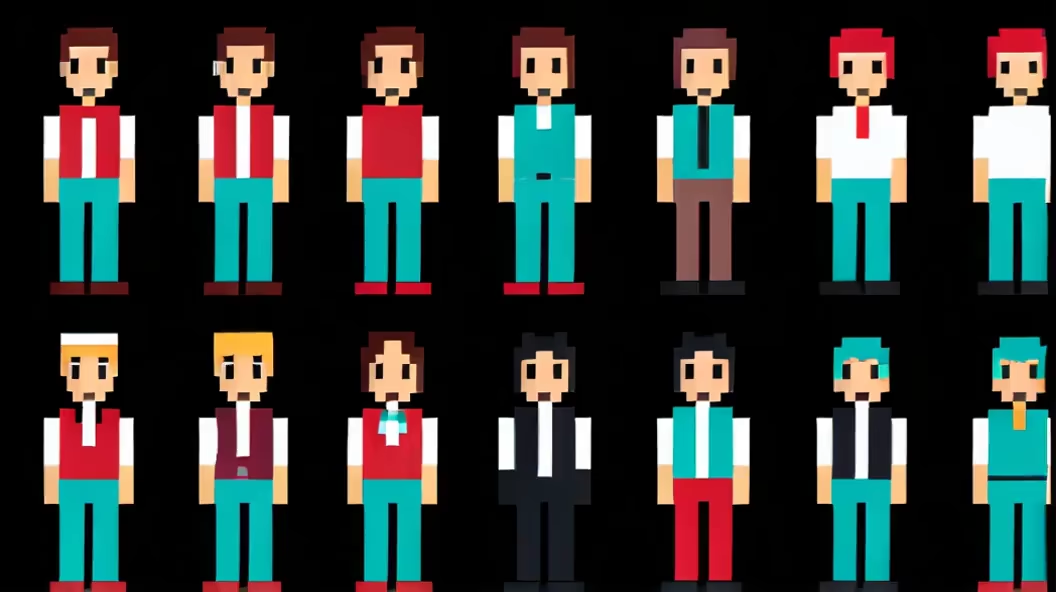
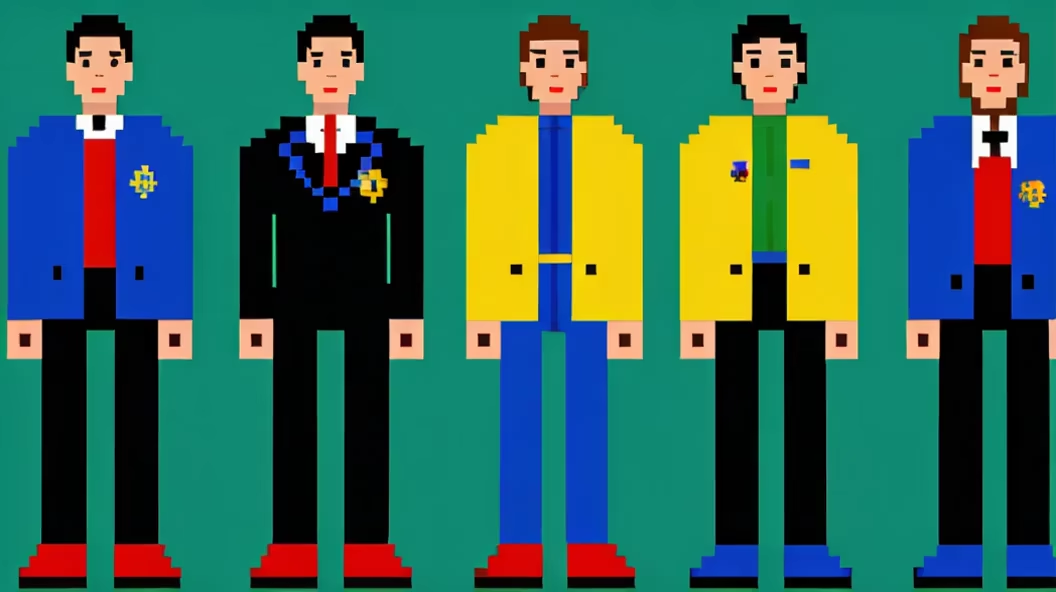
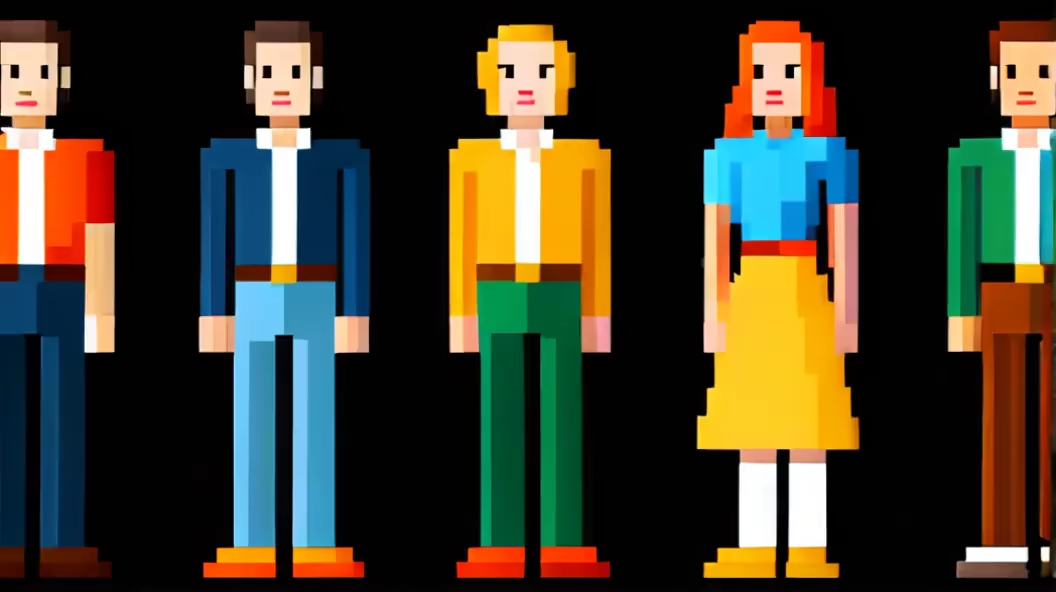
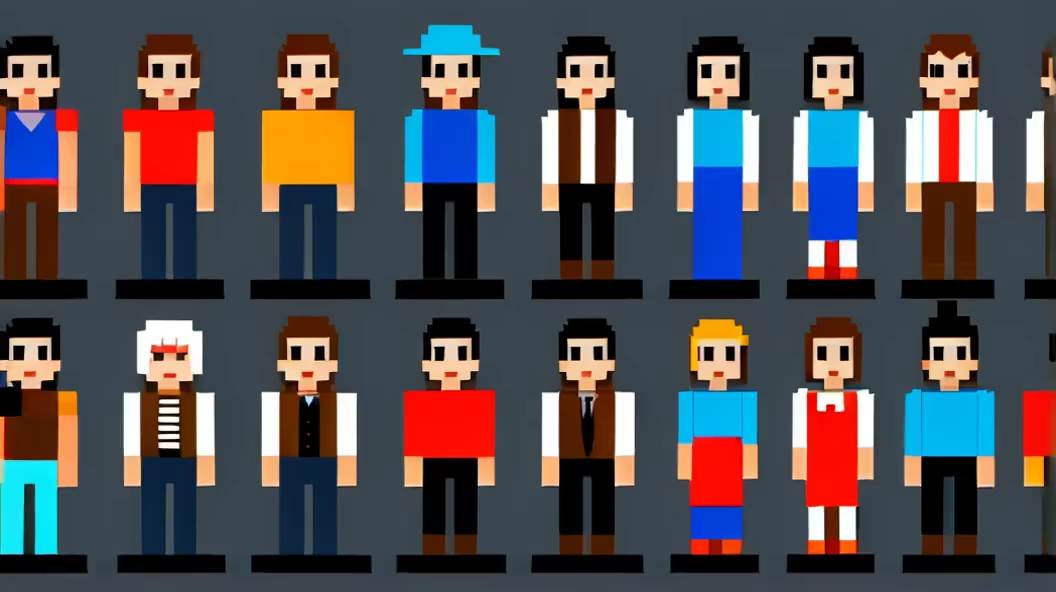
Prompt: Create an image in \"Portraiture/puzzle digital collage\" style. \"\"\"Integrate puzzle pieces into a face\"\"\" on a background of multicolored cotton balls, theme of chaos. Use surreal neon lighting and distortion effects. Add android images to moving pieces.


Prompt: Some AI art generators have been found to perpetuate cultural and racial biases by favoring certain ethnicities or representing them inaccurately. This can result in misrepresentation and reinforce stereotypes in generated artwork

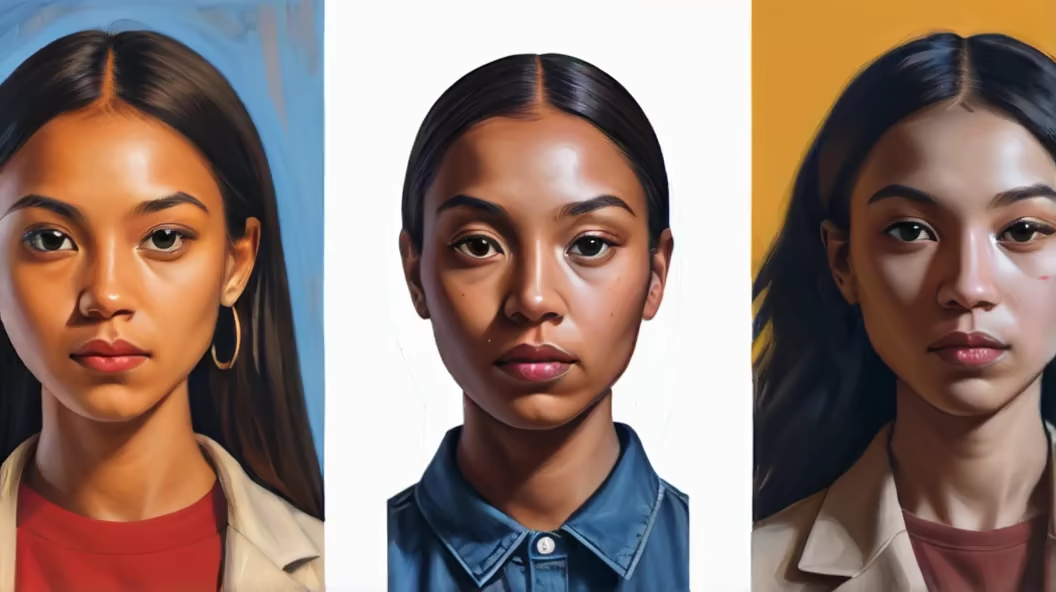
Prompt: AI art generators may exhibit biases toward certain artistic styles or tastes, resulting in a lack of diversity in created artworks and restricting creative expression.
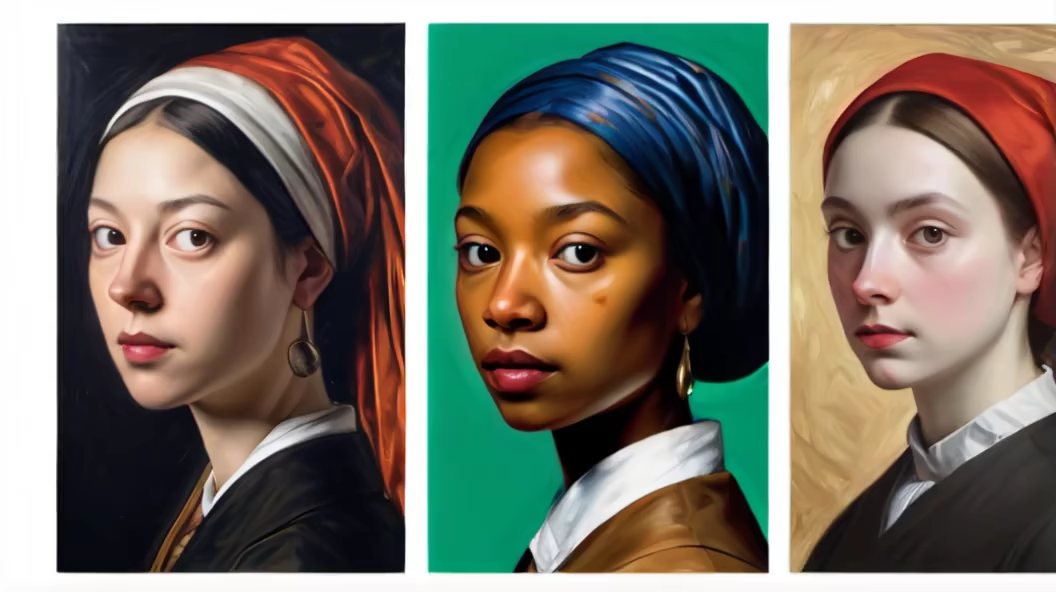
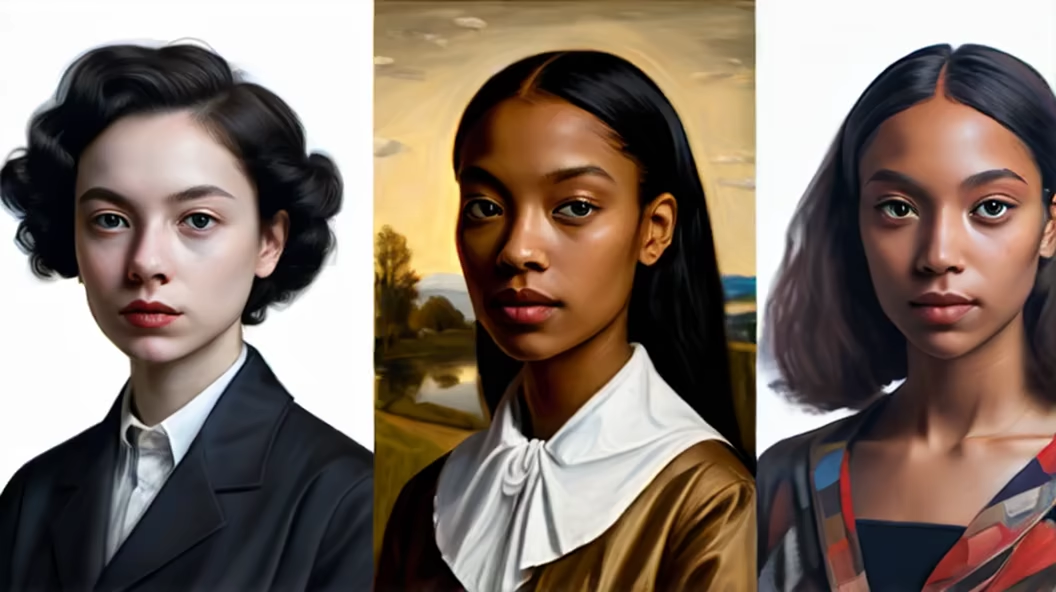
Prompt: Train a Stable Diffusion model to generate a 360-degree animation of a custom character from images captured at different angles. Use a dataset of character images shot from various views. Specify the views (front, back, side, etc.) for which you want to generate animations, and define the desired animation style (e.g., smooth transitions or specific artistic effects). You can adjust the parameters such as animation speed, angle intervals, and background settings to match your creative vision. Ensure that the generated animations are seamless and visually appealing from all angles. Experiment with different hyperparameters to achieve the desired results and provide a diverse set of animations for a full 360-degree view


Prompt: AI art generators may exhibit biases in portraying certain genders or reinforcing traditional gender norms. For instance, generating stereotypical depictions of men or women based on pre-existing biases in the training data
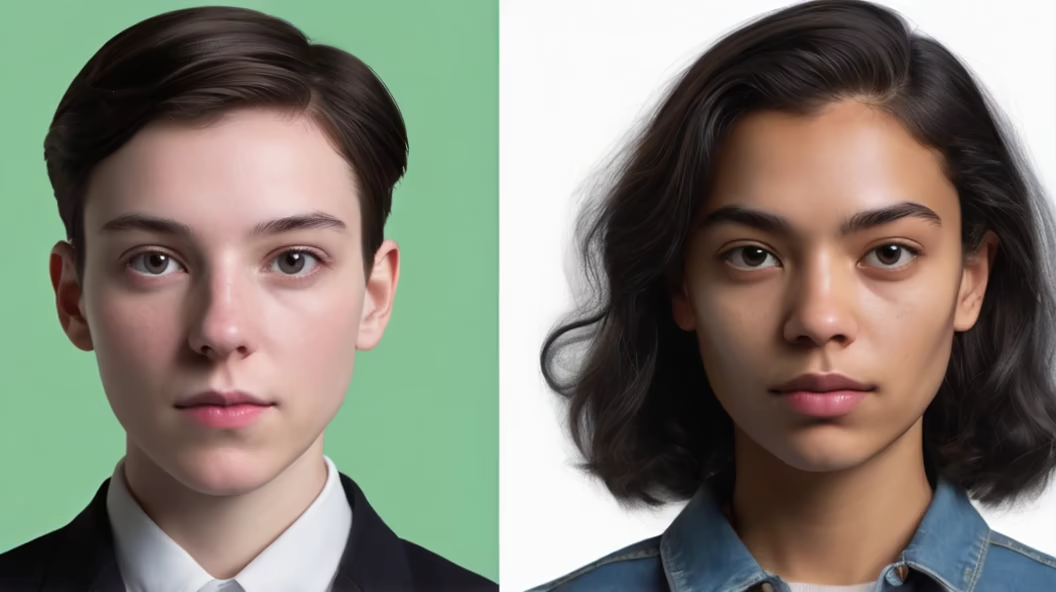

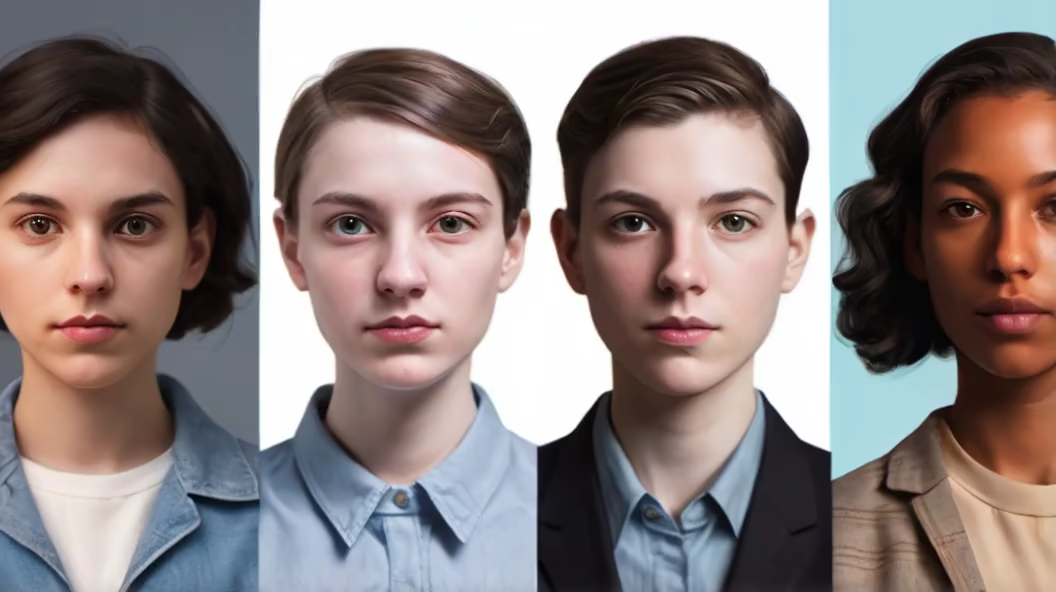
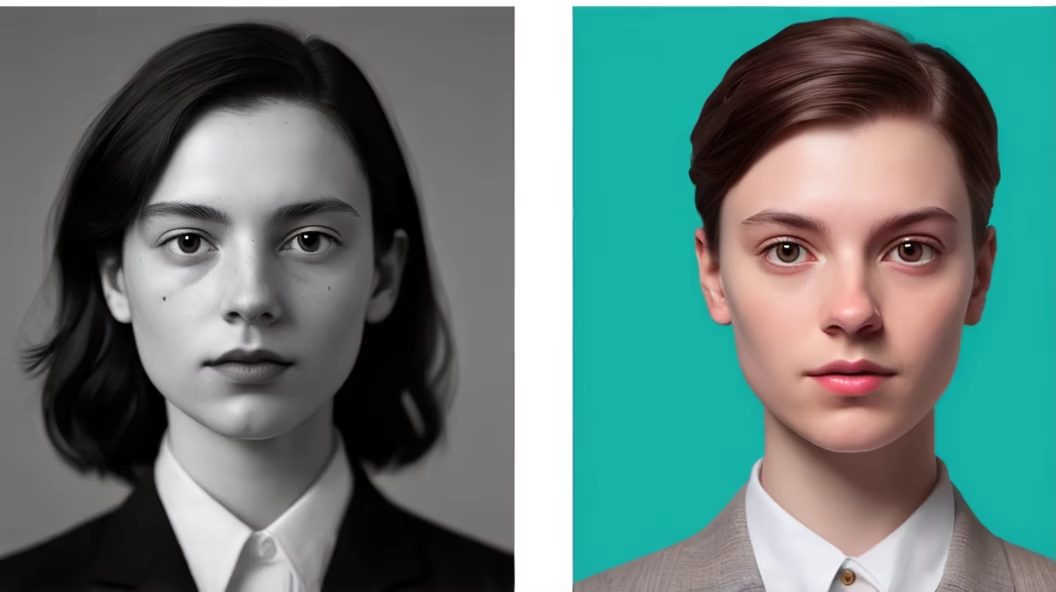


Prompt: AI art generators may exhibit biases toward certain artistic styles or tastes, resulting in a lack of diversity in created artworks and restricting creative expression.
Style: Tile Texture
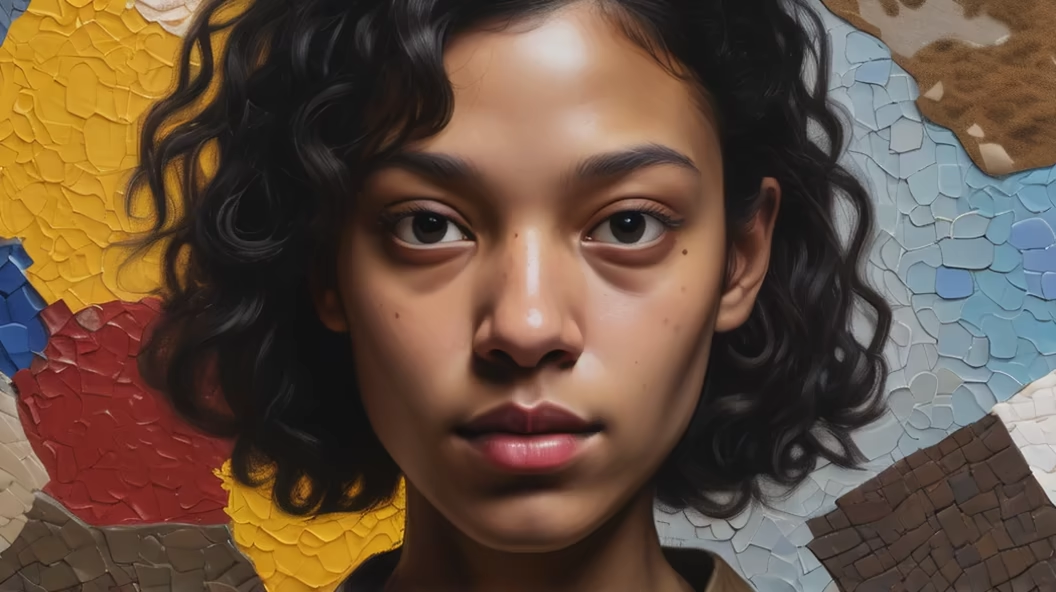



Prompt: Create an image of a person doing something as an unseen figure with clothes on but invisible




Prompt: As a designer, my concept for adding a background to this picture would involve creating a visually compelling and harmonious composition that complements the existing elements in the image. Here's a step-by-step approach to my design concept: Theme Selection: Consider the theme of the existing image. In this case, it appears to be a portrait of a character. I would choose a background that enhances the character's story or personality. Color Harmony: Select a color palette that harmonizes with the colors present in the original image. This could involve using analogous or complementary colors to create a visually pleasing overall look. Depth and Texture: Add depth and texture to the background to create visual interest. This might involve incorporating gradients, subtle patterns, or atmospheric elements to give the scene a more immersive feel. Focus on the Subject: Ensure that the background doesn't overpower the main subject. Using techniques like blurring or adjusting the opacity in certain areas can help maintain focus on the character while still enriching the overall visual experience. Storytelling Elements: Integrate elements in the background that contribute to storytelling. This could include symbols, objects, or scenes that provide context or add a layer of narrative to the overall composition. Lighting and Shadows: Consider the direction of light in both the original image and the background. Ensure consistency in lighting to make the composite look realistic. This may involve adjusting the brightness and shadows accordingly. Balance and Composition: Aim for a balanced composition by strategically placing key elements in the background. Pay attention to the rule of thirds or other compositional techniques to create a visually pleasing arrangement. Overall Atmosphere: Evaluate the overall atmosphere and mood you want to convey. Adjust the background elements to align with the emotional tone of the image, whether it's creating a sense of mystery, warmth, or excitement. Remember, the goal is to enhance the visual impact of the image while maintaining a cohesive and complementary relationship between the subject and the background. The design should feel intentional and contribute to the overall narrative or aesthetic appeal of the composition.


Prompt: As a designer, my concept for adding a background to this picture would involve creating a visually compelling and harmonious composition that complements the existing elements in the image. Here's a step-by-step approach to my design concept: Theme Selection: Consider the theme of the existing image. In this case, it appears to be a portrait of a character. I would choose a background that enhances the character's story or personality. Color Harmony: Select a color palette that harmonizes with the colors present in the original image. This could involve using analogous or complementary colors to create a visually pleasing overall look. Depth and Texture: Add depth and texture to the background to create visual interest. This might involve incorporating gradients, subtle patterns, or atmospheric elements to give the scene a more immersive feel. Focus on the Subject: Ensure that the background doesn't overpower the main subject. Using techniques like blurring or adjusting the opacity in certain areas can help maintain focus on the character while still enriching the overall visual experience. Storytelling Elements: Integrate elements in the background that contribute to storytelling. This could include symbols, objects, or scenes that provide context or add a layer of narrative to the overall composition. Lighting and Shadows: Consider the direction of light in both the original image and the background. Ensure consistency in lighting to make the composite look realistic. This may involve adjusting the brightness and shadows accordingly. Balance and Composition: Aim for a balanced composition by strategically placing key elements in the background. Pay attention to the rule of thirds or other compositional techniques to create a visually pleasing arrangement. Overall Atmosphere: Evaluate the overall atmosphere and mood you want to convey. Adjust the background elements to align with the emotional tone of the image, whether it's creating a sense of mystery, warmth, or excitement. Remember, the goal is to enhance the visual impact of the image while maintaining a cohesive and complementary relationship between the subject and the background. The design should feel intentional and contribute to the overall narrative or aesthetic appeal of the composition.
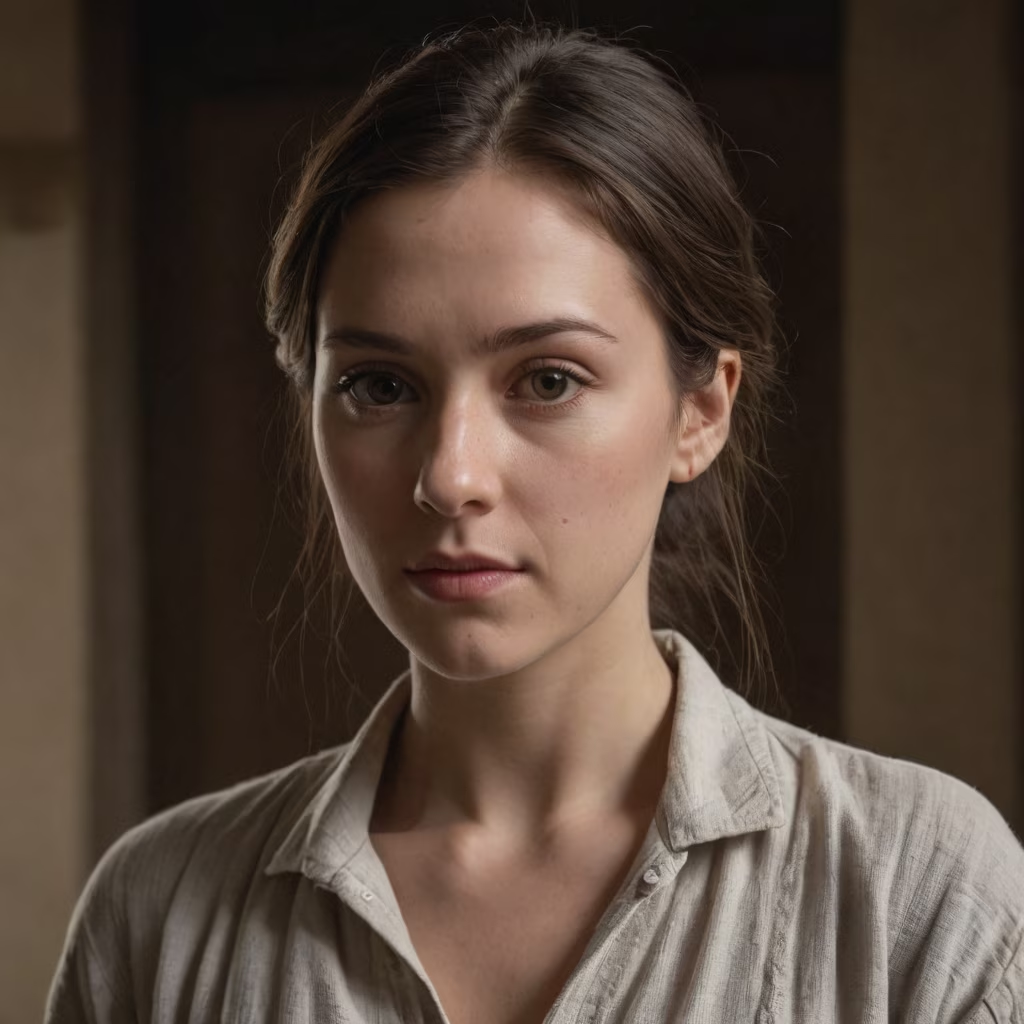



Prompt: create a composite image with multiple versions of a person or object in the same frame, representing the concept of time travel or exploring different points in time,


Prompt: Craft a full-body illustration blending anime and illustrated styles, depicting a humanoid figure entirely made of garbage. Focus on infusing anime aesthetics into the entire body, from head to toe, pieced together using various waste materials. Highlight anime-inspired facial features while the illustrated style emphasizes the intricate garbage-based physique. Place this trash person in an open space to showcase the integration of junk and human-like form. Employ watercolor techniques with dimensions of 1536x640 (21:9 ratio). Despite its trash origins, evoke fascination and artistry through this diverse style fusion
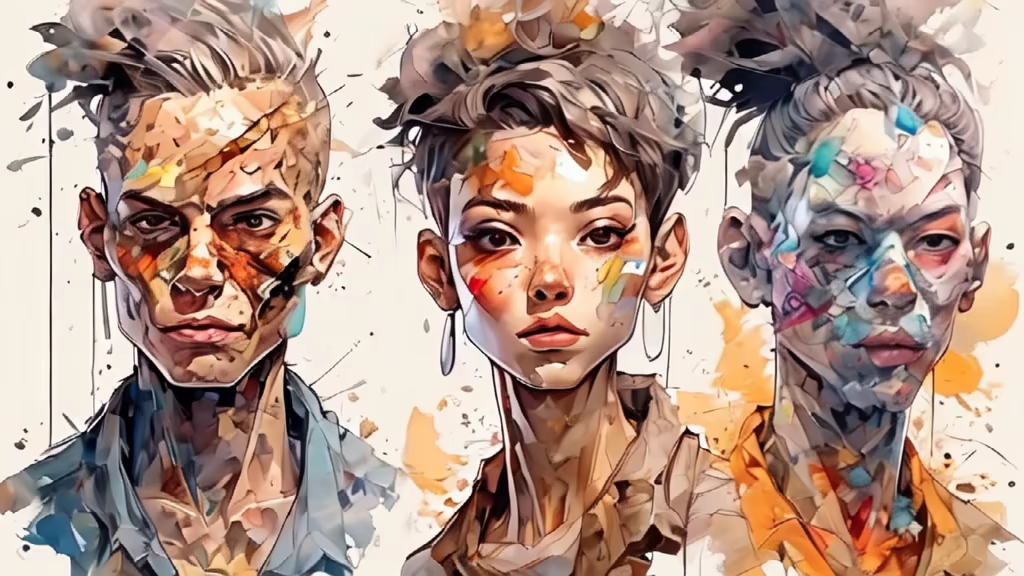

Prompt: Craft a full-body illustration blending anime and illustrated styles, depicting a humanoid figure entirely made of garbage. Focus on infusing anime aesthetics into the entire body, from head to toe, pieced together using various waste materials. Highlight anime-inspired facial features while the illustrated style emphasizes the intricate garbage-based physique. Place this trash person in an open space to showcase the integration of junk and human-like form. Employ watercolor techniques with dimensions of 1536x640 (21:9 ratio). Despite its trash origins, evoke fascination and artistry through this diverse style fusion, no vedio

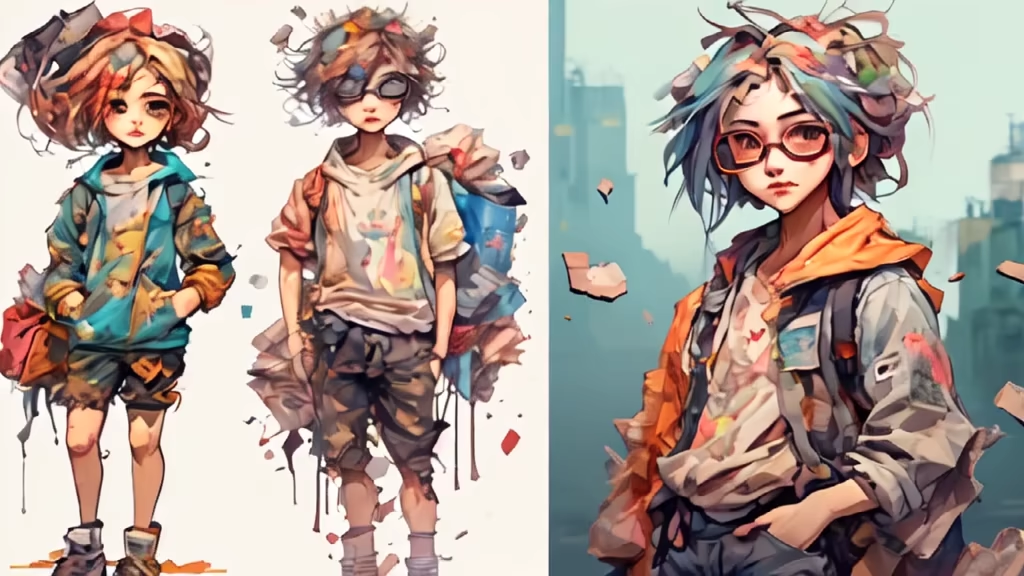
Prompt: Craft a full-body illustration blending anime and illustrated styles, depicting a humanoid figure entirely made of garbage. Focus on infusing anime aesthetics into the entire body, from head to toe, pieced together using various waste materials. Highlight anime-inspired facial features while the illustrated style emphasizes the intricate garbage-based physique. Place this trash person in an open space to showcase the integration of junk and human-like form. Employ watercolor techniques with dimensions of 1536x640 (21:9 ratio). Despite its trash origins, evoke fascination and artistry through this diverse style fusion, no vedio


Prompt: Craft a full-body illustration blending anime and illustrated styles, depicting a humanoid figure entirely made of garbage. Focus on infusing anime aesthetics into the entire body, from head to toe, pieced together using various waste materials. Highlight anime-inspired facial features while the illustrated style emphasizes the intricate garbage-based physique. Place this trash person in an open space to showcase the integration of junk and human-like form. Employ watercolor techniques with dimensions of 1536x640 (21:9 ratio). Despite its trash origins, evoke fascination and artistry through this diverse style fusion, no vedio


Prompt: audacious interpretation of the Mona Lisa. Inspired by internet users using Stable Diffusion, this approach merges AI with classic works, creating a captivating and modern visual effect[1]. By exploring contemporary art movements such as pop art (like Warhol) and surrealism (like Dali), you can incorporate distinctive elements from each style to spark wonder.[2][3] This fusion of classic and contemporary elements will create a unique piece, stimulating reflection and appreciation of artistic diversity.


Prompt: generate an ultra realistic detailed photo, it must look super realistic, nothing of computer graphics nothing in the direction of 3d, 2 pictures of the same person, one picture must be sideways in front of a white wall with a slight smile, and one must be for an identity card so biometrically correct and looking straight ahead
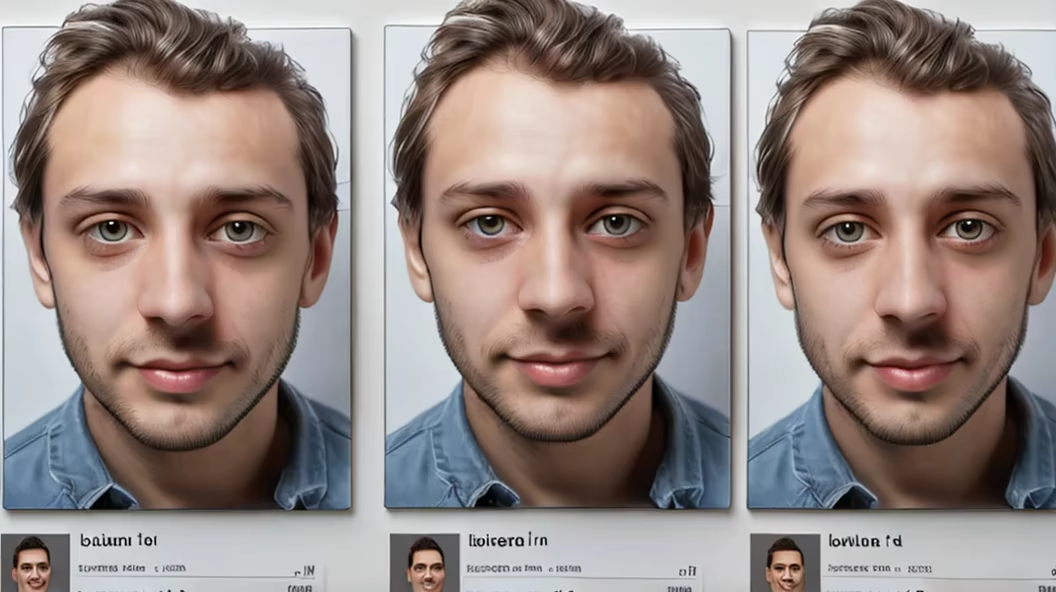
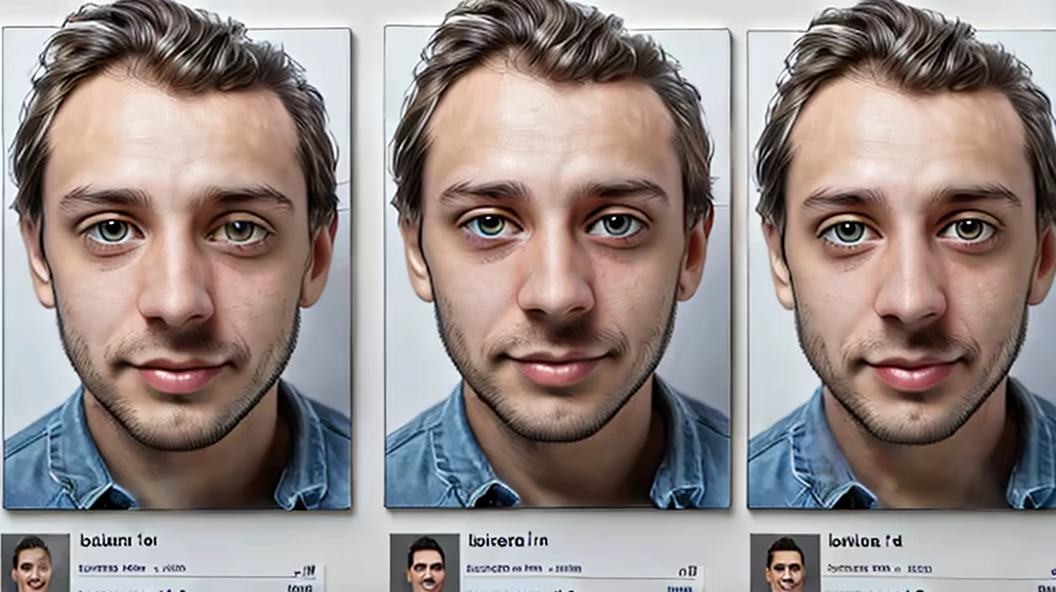
Prompt: illustration that represents RayTracing in a modern and colorful way, with the camera, the rays...
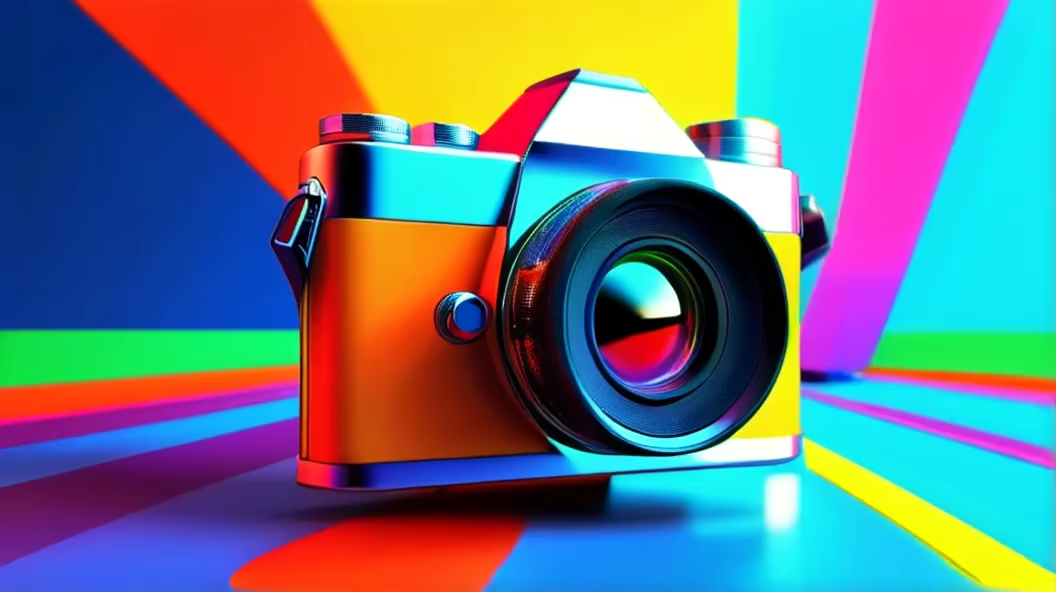
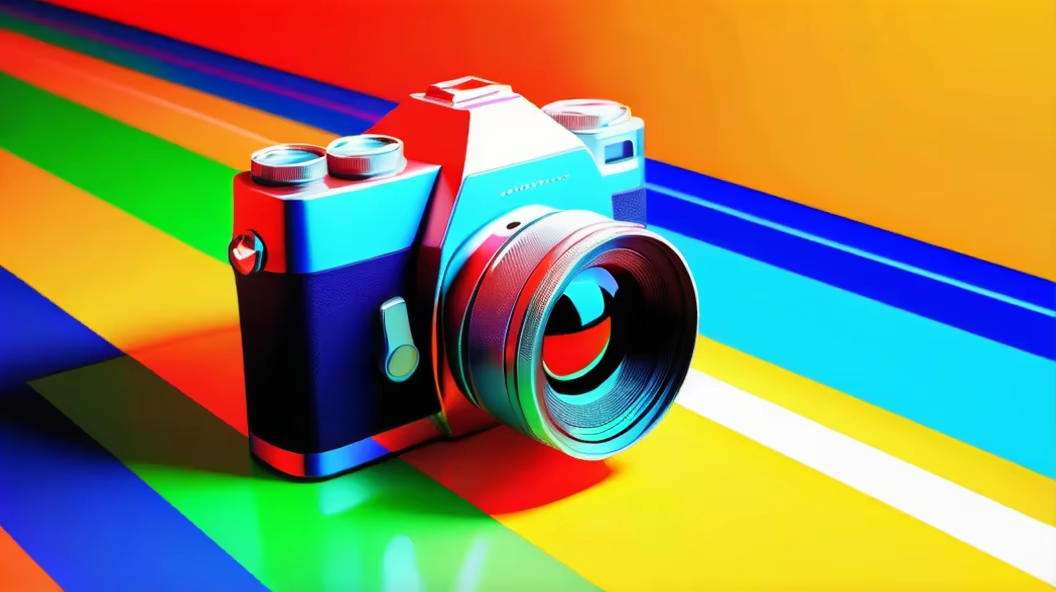
Prompt: Draw a technologised picture showing a process of de-blurring the picture using computer techniques, where computer vision techniques are used and there is gridding of the picture


Prompt: hyperrealistic puzzle face, Wooden face close-up, worn puzzle pieces, colorful wood, wooden puzzle art, textured details, vibrant colors, weathered charm, conceptual woodwork, 8K masterpiece, intricate simplicity, worn puzzle aesthetics, portrait, photorealistic, hyper detailed, close up, high resolution, skin pores, wrinkles, blemishes, moles, freckles, stubble, eyebrow hairs, eyelashes, lips, teeth, gums, tongue, veins, detailed eyes, iris, sclera, cornea, reflection, catch lights, detailed hair, individual hairs, sweat, oil, sebum, texture, layered, strands, follicles, realistic colors, lifelike, natrual light, subtle gradations, shadows, highlights, contours, subtle imperfections, fine lines, aging, ethnicity, facial hair, facial features, facial expression, emotion, reflective surfaces, glasses, jewelry




Prompt: Imagine an image featuring a puzzle with interconnected pieces symbolizing design decisions in a game project. The puzzle represents the project's cohesion, and a delicate balance is essential to maintain its unity. However, if any piece is altered without careful consideration, it threatens the integrity of the entire puzzle, symbolizing how reexamining design decisions is crucial.




Prompt: Create an image that shows 9 people, each representing a different race, age, gender, and style. In each image, the face should belong to the same person but be presented in different cultural and visual contexts. Use different races to create a variety of looks, including skin color, eye shape, nose shape, and other unique features. Different ages should be represented through different facial features and facial expressions. Emphasize gender diversity including male, female . Different styles of hairstyles, haircuts and beards should be utilized to create unique looks. Note that it may not be clear at first that all the faces belong to the same person, but upon close examination this should become obvious, creating a striking visual experience
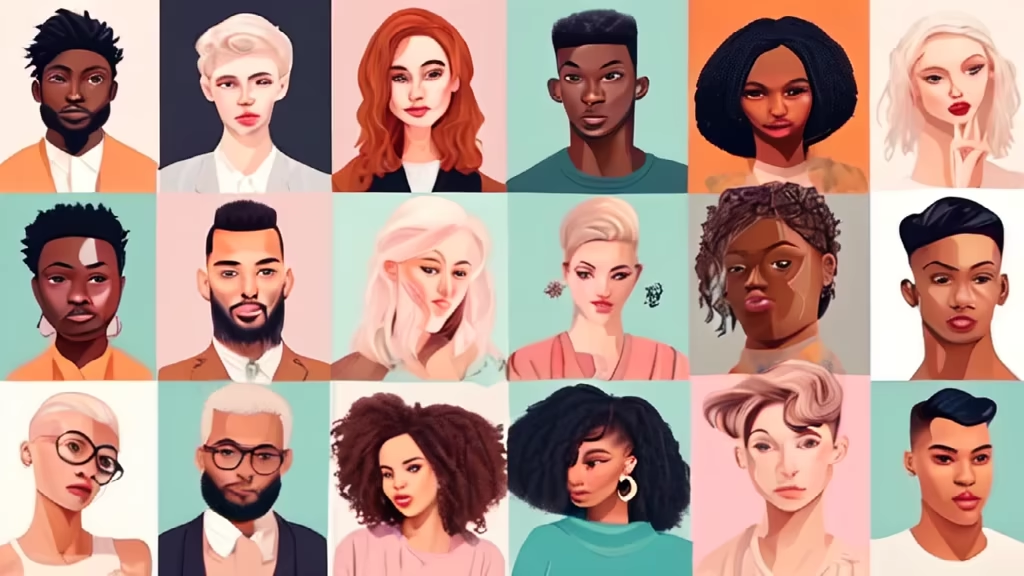
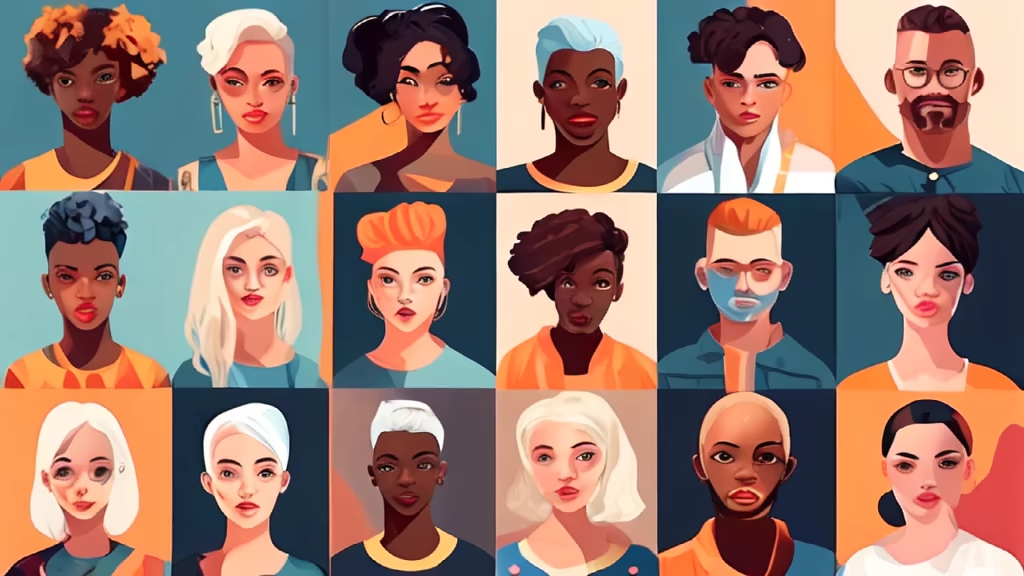
Prompt: An avant-garde fashion designer joined forces with an AI assistant and a renowned cellist to create an immersive virtual art installation blending procedural textures, algorithmic compositions and sensory feedback to challenge perceptions of identity, rendered as a series of algorithmically generated cubist portraits bathed in the warm pastel hues of a sunset.






Prompt: Generate a compelling mockup featuring a model wearing a custom t-shirt. Choose a pose and background that enhance the shirt's design, ensuring the presentation exudes style and allure. Envision the ideal context for the target audience, making sure the model highlights the unique character of the t-shirt.


Prompt: steamboat Willy Mickey Mouse horror film on a sailboat with cartoon Disney characters black and white funny cool amazing
Negative: blurry, ugly, color
Style: Isometric


Prompt: Develop an intricately detailed mixed-media artwork depicting a portrait that seamlessly merges a humanoid figure with distinct giraffe features. This piece could blend realistic and surreal elements to form an imaginative yet hyper-realistic depiction.
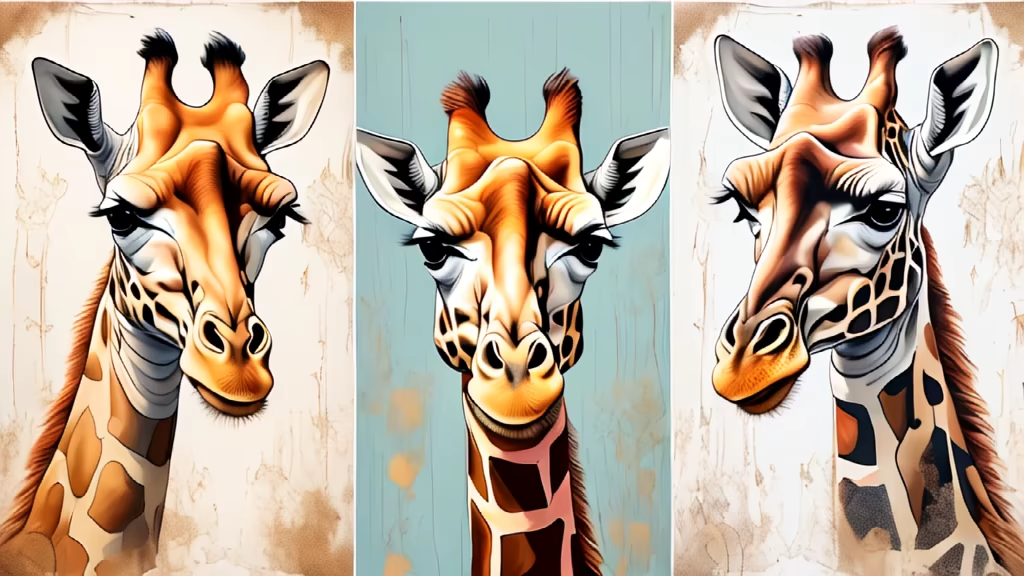

Prompt: Develop an intricately detailed mixed-media artwork depicting a portrait that seamlessly merges a humanoid figure with distinct giraffe features. This piece could blend realistic and surreal elements to form an imaginative yet hyper-realistic depiction.










